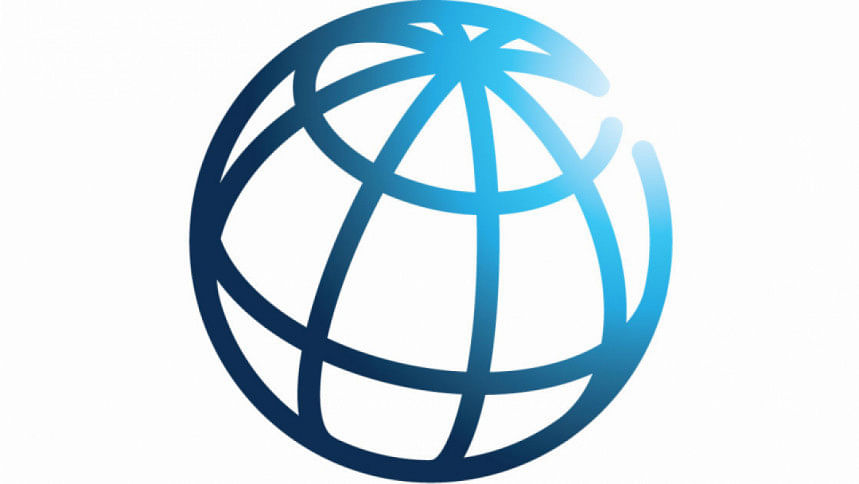Bangladesh’s economy to grow 4.8% this fiscal year: World Bank

Key points-
- Bangladesh's growth seen at 4.8 percent this fiscal year
- World Bank projects 6.3 percent expansion in FY27
- Reforms vital to sustain jobs, growth momentum
- Exports, remittances, reserves drive recovery despite fiscal strain
Bangladesh's economy is expected to grow by 4.8 percent in the current fiscal year (FY) 2025–26, up from the previous year's 4 percent.
The trajectory of expansion and recovery is projected to continue in FY27. The South Asian economy is likely to grow by 6.3 percent in the next fiscal year, according to the World Bank's latest Bangladesh Development Update released today.
Last week, the Asian Development Bank said Bangladesh's economy could expand by 5 percent this fiscal year.
While the outlook for growth remains positive, urgent and timely reforms are essential to sustain the momentum and create jobs, particularly for youth and women, the WB report said.
Following disruptions in the first half of FY25, the economy rebounded in the latter half of the year, supported by strong export growth, record remittance inflows, and a rise in foreign exchange reserves.
External pressures eased as the adoption of a market-based exchange rate helped stabilise reserves and narrow the current account deficit, while exports continued to perform robustly.
Inflation moderated due to tight monetary policy, lower import duties on essential food items, and strong harvests.
However, the fiscal deficit widened amid weak tax collection, higher subsidies, and rising interest payments, the report added.
Poverty increased between 2023 and 2024, while overall labour force participation declined from 60.9 percent to 58.9 percent, with women disproportionately affected. Of the three million additional working-age people outside the labour force, 2.4 million were women.
"The economy has shown resilience, but this cannot be taken for granted," said Jean Pesme, World Bank division director for Bangladesh and Bhutan.
"To ensure a strong growth path and more and better jobs, Bangladesh needs bold reforms and faster implementation to enhance domestic revenue mobilisation, address banking sector vulnerabilities, reduce energy subsidies, plan urbanisation, and improve the investment climate."
The report also noted that industrial jobs have become increasingly concentrated in Dhaka and Chattogram over the past two decades, underscoring the need for balanced regional development. It called for rethinking spatial development strategies to support inclusive job creation across the country.
Alongside its report on Bangladesh, the WB released the South Asia Development Update, the World Bank's twice-yearly regional analysis of economic trends and policy challenges.
The WB forecast South Asia's economic growth at 6.6 percent this year but warned of potential headwinds ahead. It said greater trade openness and the adoption of artificial intelligence (AI) could help countries in the region generate jobs and sustain growth.
"South Asia has enormous economic potential and remains the fastest-growing region in the world. But countries must proactively address risks to growth," said Johannes Zutt, World Bank vice-president for South Asia.
"By maximising the benefits of AI and lowering trade barriers, particularly for intermediate goods, countries can boost productivity, spur private investment, and create jobs for the region's expanding workforce."
The report said South Asian economies remain among the least open to international trade and finance. High tariffs protect sectors with shrinking employment opportunities, while sectors with lower tariffs, such as services, have driven three-quarters of job growth in the past decade.
Gradual tariff reductions, particularly under broader free trade agreements, could enhance competitiveness, attract investment, and generate large-scale employment opportunities, it said.
The World Bank also highlighted the potential of AI to boost productivity and incomes, especially in sectors where technology can complement human labour. However, it noted that South Asia's workforce remains largely concentrated in low-skill, agricultural, and manual jobs.

 For all latest news, follow The Daily Star's Google News channel.
For all latest news, follow The Daily Star's Google News channel. 



Comments